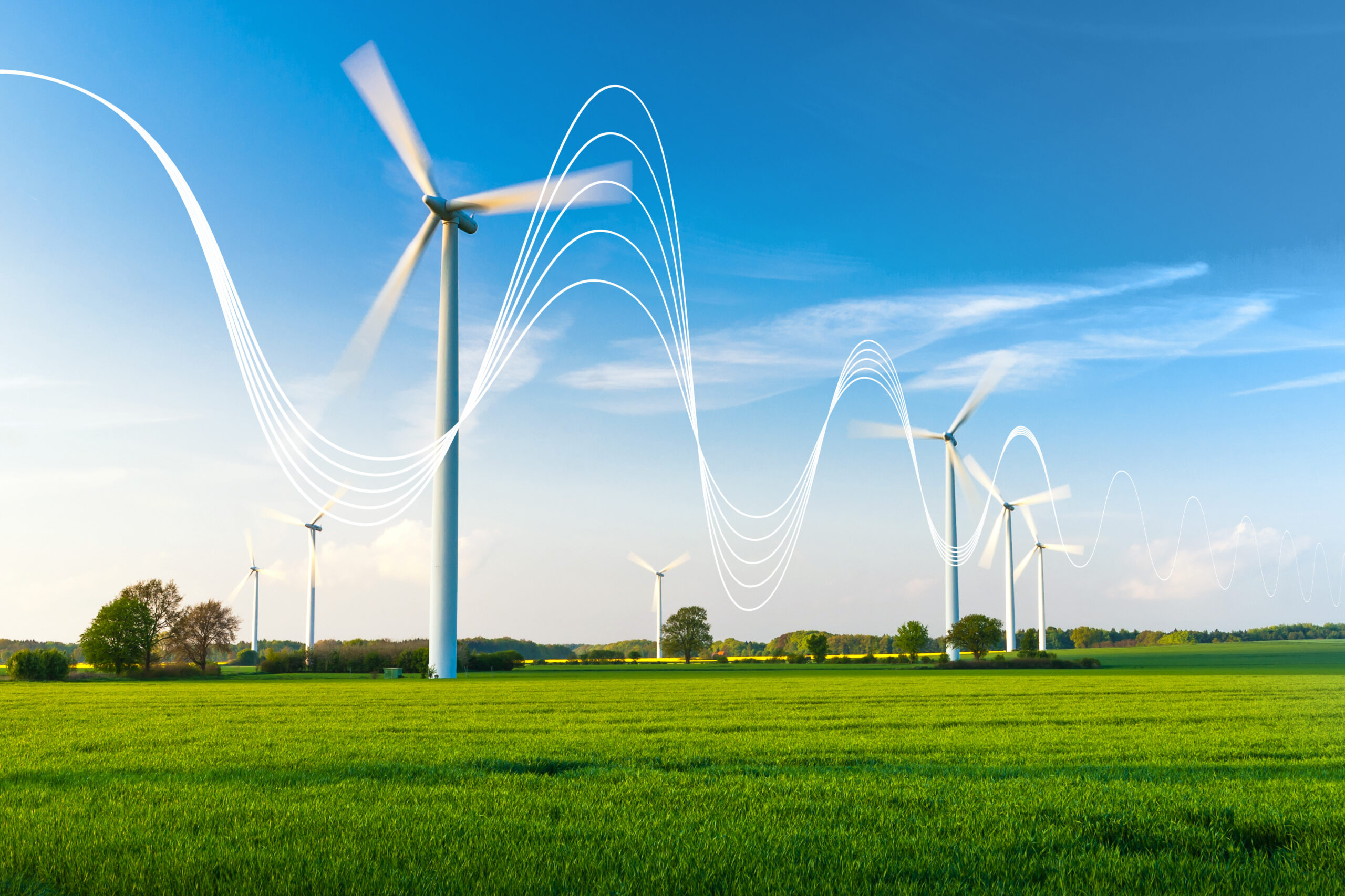Stabilizing Power Electronics – IAV’s Solution for a Reliable Power Supply
Whether cars, household electronics, plants for generating alternative energies or large industrial enterprises: Power electronics are in everything. These can cause disturbances in the power supply. IAV has developed a solution to this problem: a modular platform for stabilizing power electronics. With the help of energy storage devices, the distribution grid is kept in balance and harmonized.
The energy transition is fundamentally changing the way electricity is generated. “Until now, we had large power plants with synchronous machines as generators – a clear process with a certain inertia,” explains Folkhart Grieger, a development engineer in IAV’s Electronic Development department. In the meantime, a considerable proportion of the electricity required is generated decentrally by means of many photovoltaic and wind energy plants and fed into the power grid. Fast-cycle power electronics are replacing the large generators in the grid. These generate fast switching operations that can cause disturbances on the lines. Actually, the current conducted through the grid to the consumers must be sinusoidal, but the rapid switching distorts the current. Possible consequences: impaired industrial companies that have to shut down their plants, restart them and accept production losses.
Back to the sine wave
“We bring power electronic actuators into the grid and give the current back its sinusoidal shape – by feeding energy into the grid or taking it out,” Grieger explains. As part of the research project “StabLe – Stability of distribution grids with predominantly power-electronically coupled storage units, generation units and consumers,” IAV and its partners developed a modular platform for stabilizing power electronics (sLE). It solves the challenge of grid stabilization and grid harmonization with the help of energy storage units in the distribution grid – cost-effectively and, above all, reliably.
IAV uses second-life batteries or series batteries suitable for e-cars for the stabilizing power electronics. These are integrated in containers with capacitors and a higher-level controller. The latter displays the power demand and, depending on the weather and load forecast, decides whether energy is stored in the accumulators or electricity is fed into the grid. In the event of a storm, buffer batteries store the energy and thus stabilize the power grid. If it went into the grid unfiltered, it would distort the sinusoidal curve.
Mass-produced and configured to customer requirements
While the containers can be mass-produced, which lowers costs for customers, they can also be custom-configured to meet their needs. This means that IAV’s technology and hardware can be used to create microgrids in a wide variety of forms. For example, it is possible to supply industrial parks or residential complexes with electricity from solar and wind farms – without them being connected to a supra-regional grid. “This is also a solution for regions with poorly developed grid infrastructure, such as exist in parts of Africa or South America,” explains Nils Falke, Head of Electronic Development at IAV. “But a micro grid could also be a fast-charging station with a buffer storage unit used to charge vehicles with a charging capacity of 300 kilowatts, for which the power grid is not yet designed today.”
In this way, IAV successfully combines many years of experience from the automotive, energy supply and energy consumption sectors.

